Addis Ababa Surrounding
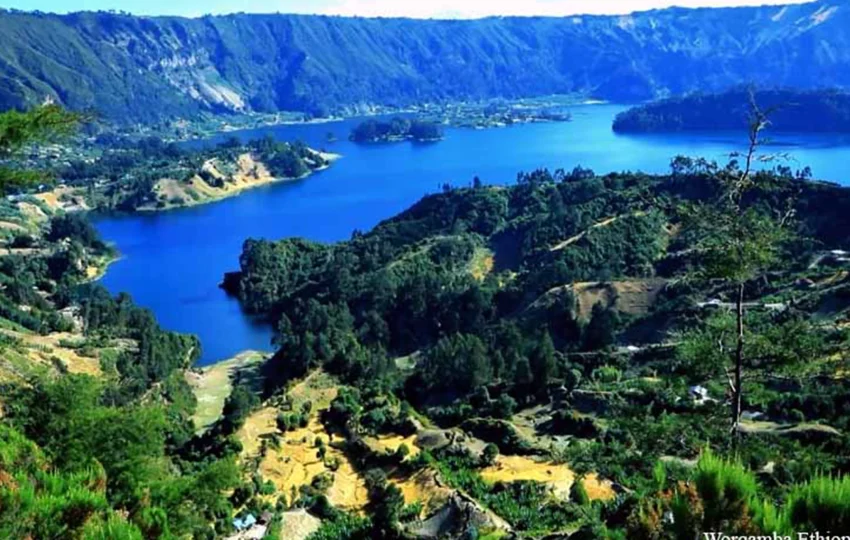
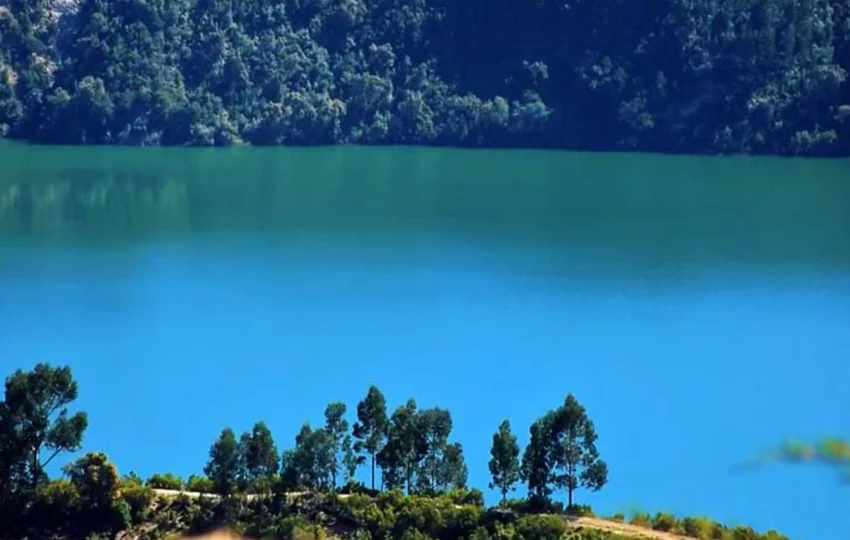
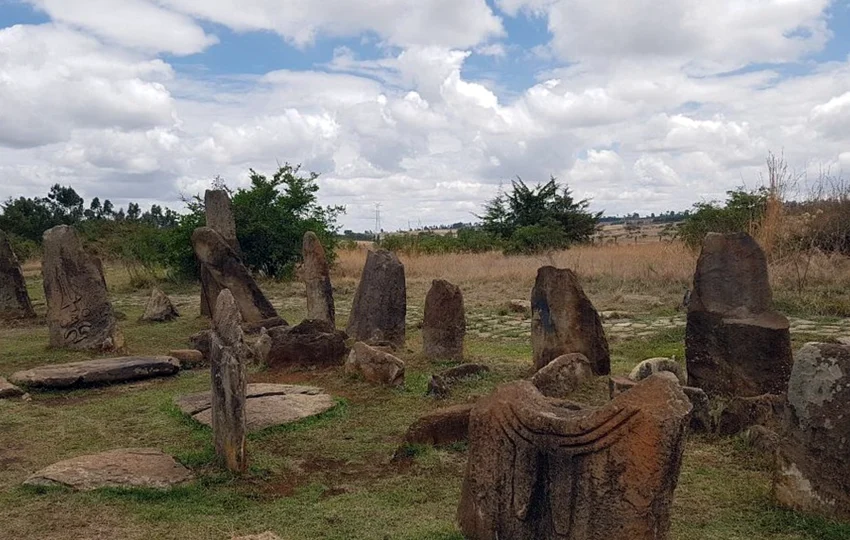
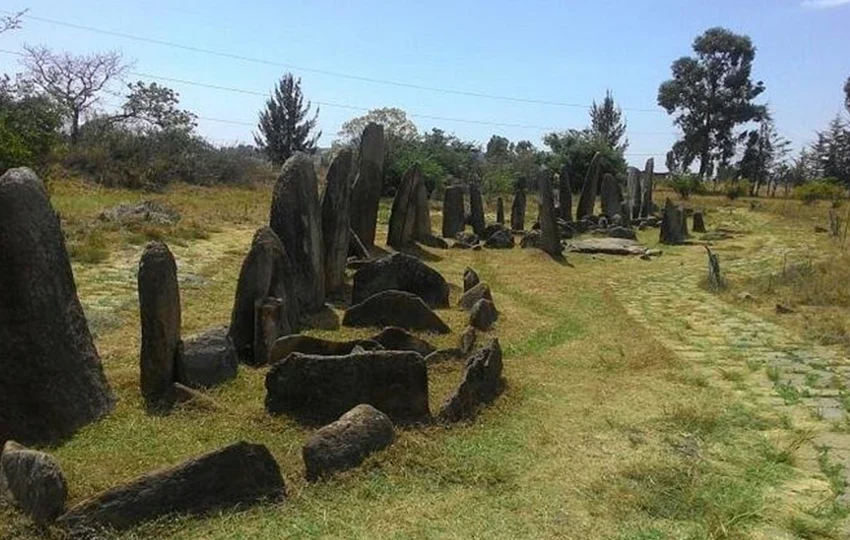
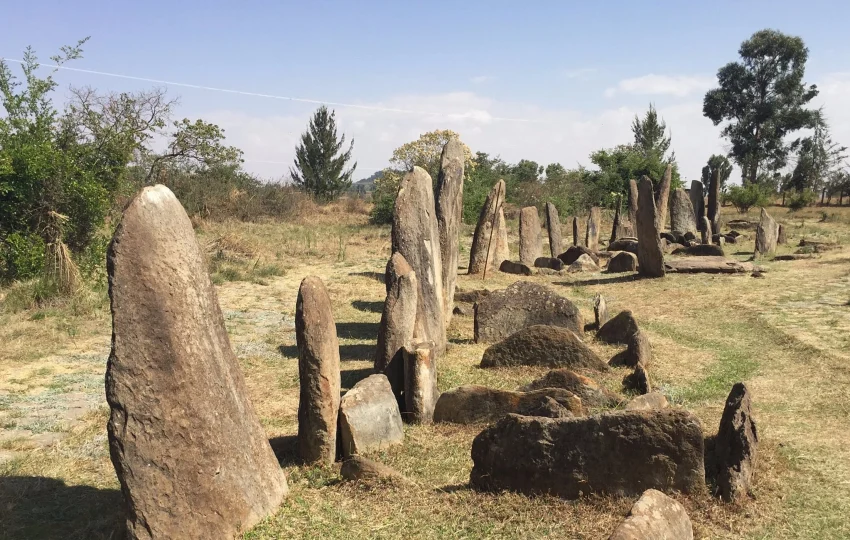
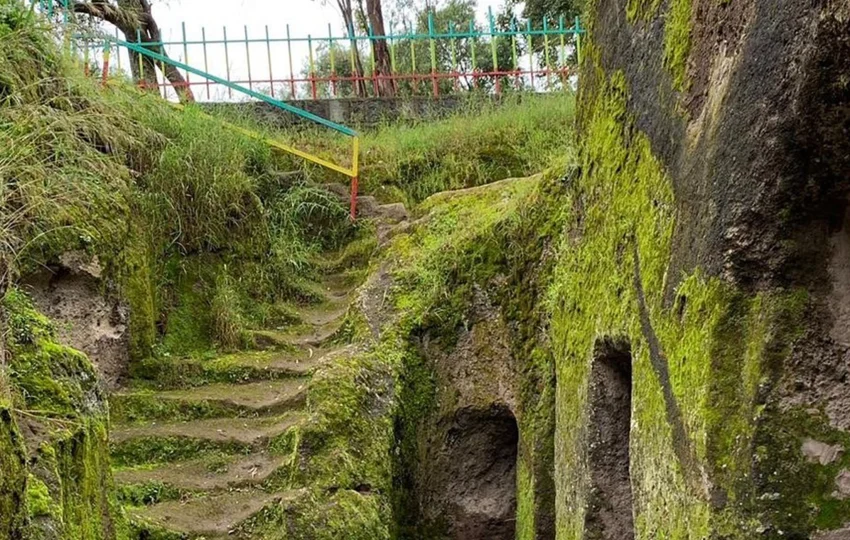
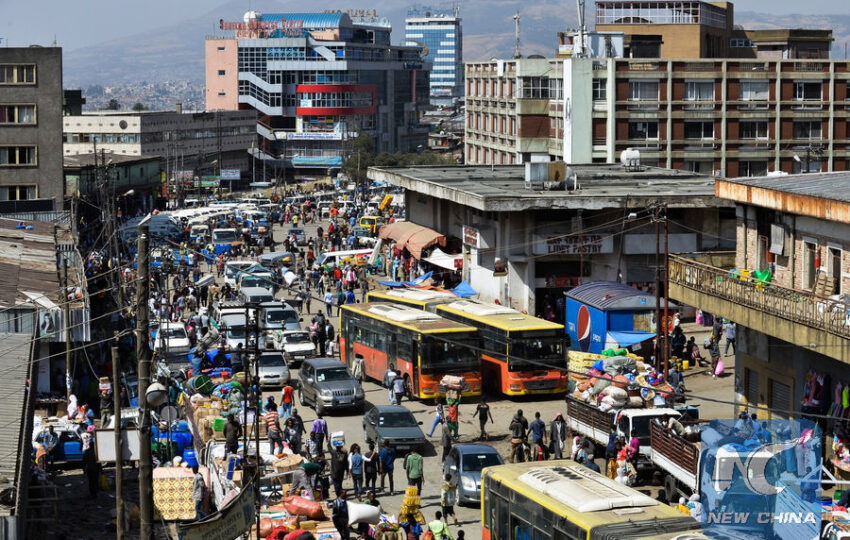
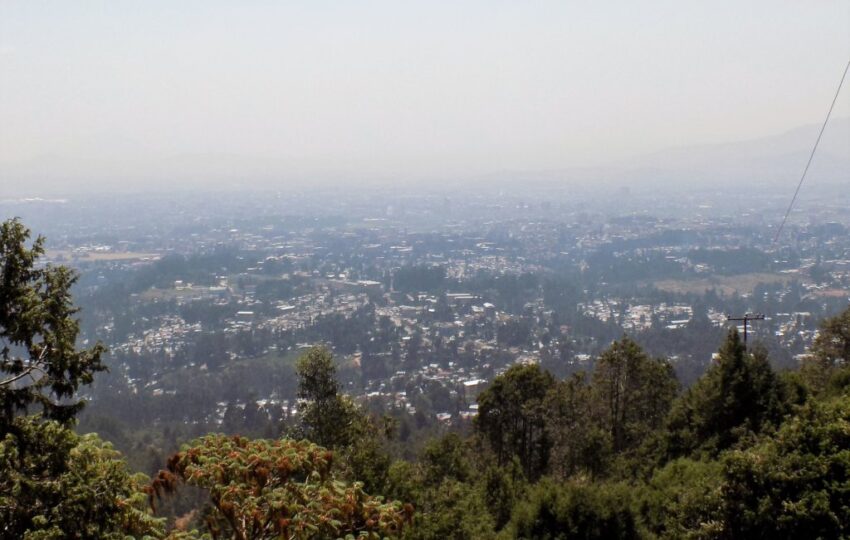
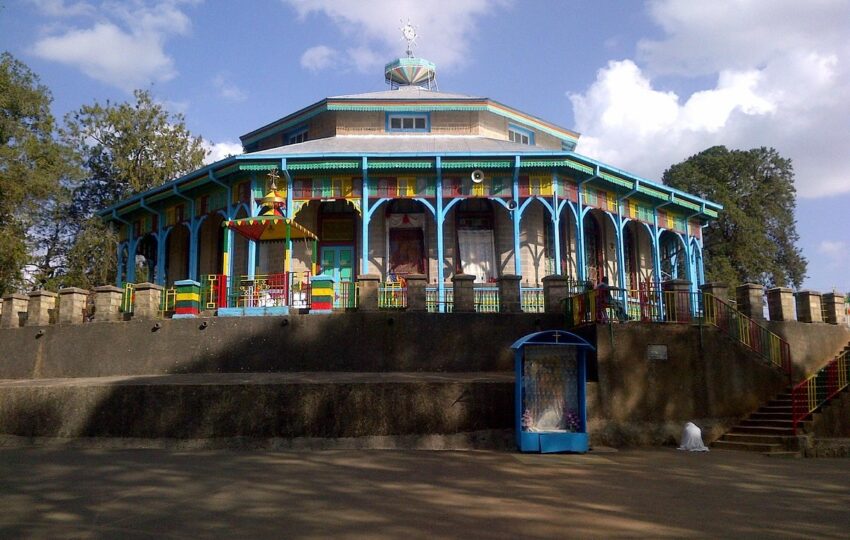
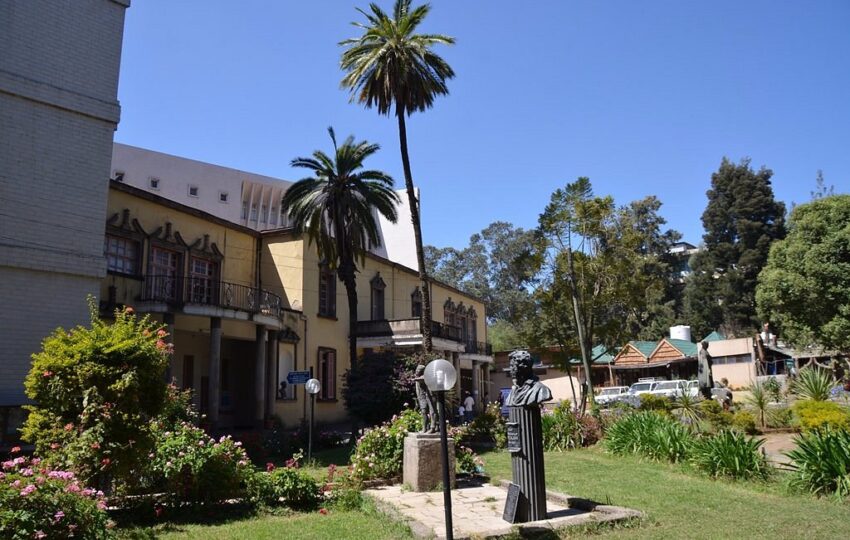
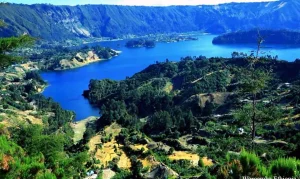
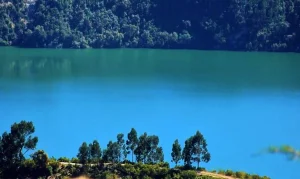
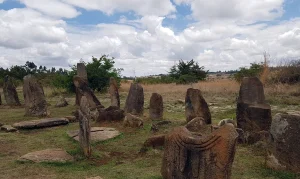
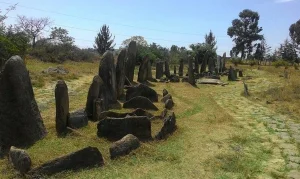
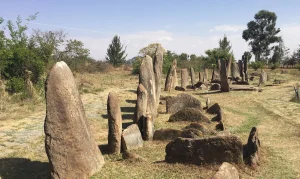 See More
See More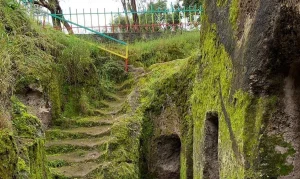
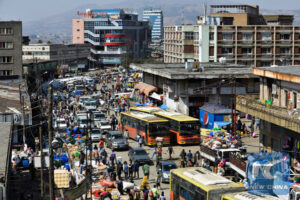
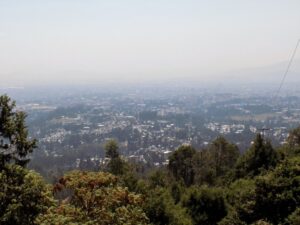
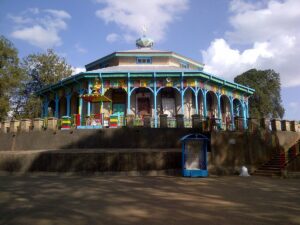
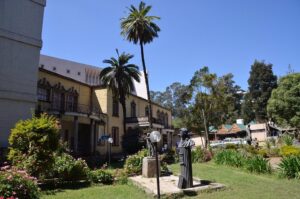
Description
Embark on a fascinating journey through Ethiopia’s rich history, culture, and breathtaking landscapes. Begin your adventure with a visit to Debre Libanos Monastery, an important center of Ethiopian Orthodox Christianity founded in the 13th century by St. Tekle Haymanot. From there, marvel at the dramatic Blue Nile Gorge, often called Ethiopia’s own Grand Canyon, before exploring the Jemma River Gorge and the 17th century Portuguese Bridge, where you can spot endemic wildlife such as the Gelada “Bleeding Heart” Baboon and an abundance of birdlife.
Continue your exploration at Wonch Crater Lake, a tranquil natural gem surrounded by vibrant wildlife and stunning scenery, offering the perfect balance of relaxation and outdoor discovery. Next, travel back in time with a visit to Melka Konture, one of Ethiopia’s most important Stone Age sites, where fossils and ancient tools reveal the prehistoric legacy of the region.
Your journey also includes the Adadi Mariam rock-hewn church, Ethiopia’s southernmost church of its kind, still an active site of worship, and the Tiya Stelae, a UNESCO World Heritage Site with mysterious carved monuments marking an ancient cemetery. Throughout the tour, immerse yourself in Ethiopia’s unique traditions, enjoy a cultural coffee ceremony, and capture stunning landscapes and cultural treasures.

Highlights
- Hiking, Explore scenic trails that surround the lake, suitable for all skill levels. Fishing Enjoy a peaceful day fishing in the clear waters, known for its diverse fish population.
- Picnicking set up a picnic by the shore and savor the beauty of nature. Photography Capture stunning landscapes and wildlife, making it a paradise for photographers
Tour Plan
A day trip to Debre Libanos Monastery is a fascinating experience filled with
history, culture, and stunning natural beauty. Located about 100 km (62 miles)
north of Addis Ababa, the capital of Ethiopia, the journey takes about 2 to 3
hours. Founded in the 13th century by Abba Libanos, the monastery is a
significant pilgrimage site where visitors can explore the church, admire its unique
architecture, and learn about its rich history. The area is surrounded by
breathtaking landscapes, including cliffs and the Jemma River Gorge, offering
ample opportunities to enjoy the views and capture memorable photos. Nature
enthusiasts should keep an eye out for endemic species like the Gelada baboon,
often seen in the surrounding hills. There are several trails around the monastery
that provide beautiful vistas and opportunities to experience the local flora and
fauna. Additionally, engaging with local monks and visitors can deepen your
understanding of Ethiopian Orthodox traditions. As a religious site, it’s advisable
to dress modestly; women should cover their shoulders and knees, while men
should avoid wearing shorts.
Melka Konture is a pre-historic site situated on the southern face of the Awash
River Gorge opposite Melka Awash. It is regarded as one of the most important
Stone Age sites in Ethiopia. Melka Konture is best known for the numerous Stone
Age artifacts that have been unearthed along the river including a variety of
clevers, hand axes, and other tools made from basalt and other hard rocks. The
site has also proved to be an important source of fossils of extinct mammals.
Adadi Mariam is a rock-hewn church similar to those of Lalibela. This church is
unique as it is the southern-most church of its type, and stands alone. It has been
surmised that King Labella ordered the construction of Adadi Mariam for his visit
to southern Ethiopia. The site dates to the 13th century, but is still an active site
of worship. While it dates to around the same time as the Tiya stelae, and Adadi
Mariam.
Tiya, The monuments are the remains of an ancient Ethiopian culture, standing
between 1 and 2 meters in height. Excavations have revealed that the site is an
ancient cemetery, housing the remains of both males and females, aged from 18
to 30. Dating to 15th centuries, the stelae are covered in symbols whose meaning
remains unknown. The swords and other symbols carved into the rock are unique
to themselves; no other symbols of their type have been discovered. It has been
named a UNESCO World Heritage Site.

